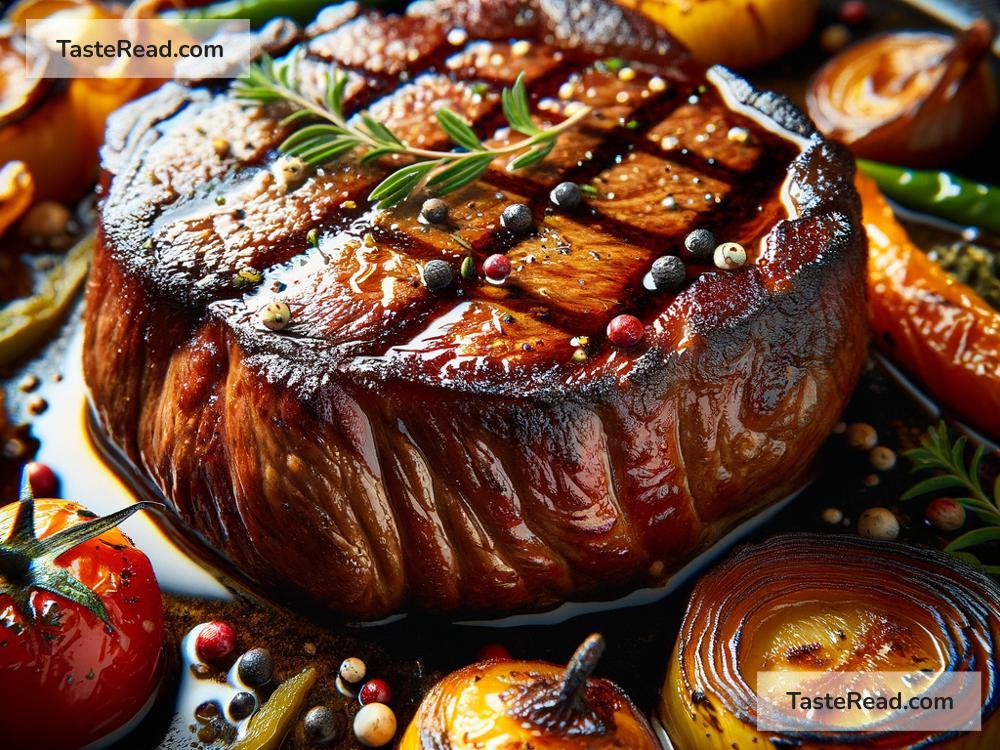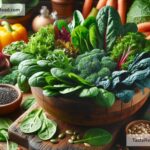The Maillard Reaction: Browning and Flavor Development Explained Simply
Have you ever wondered why foods like bread, roasted meat, and baked cookies smell so delicious and taste so good when they’re cooked? The answer lies in a fascinating chemical process called the Maillard Reaction. This reaction is responsible for the browning and flavor development that happens when food is heated. If you love crispy, golden brown toast or the caramelized crust on a grilled steak, you’re enjoying the magic of this process. Let’s break it down step by step so it’s easy to understand.
What Is the Maillard Reaction?
The Maillard Reaction is named after the French scientist Louis-Camille Maillard, who discovered it in the early 20th century. It’s a chemical reaction that occurs between proteins (specifically amino acids) and sugars when food is exposed to heat. Essentially, the sugars and proteins team up under the right conditions, creating new compounds that are responsible for the color and complex flavors of cooked food.
This reaction happens between 280-400°F (140-200°C), which is why baking, roasting, grilling, and frying are ideal cooking methods for maximizing the Maillard magic. It won’t happen if food is boiled or steamed, because those methods don’t usually reach high enough temperatures for browning to occur. That’s why boiled chicken looks pale while roasted chicken turns golden brown.
Why Does Food Brown?
Browning is the most visible part of the Maillard Reaction. When the heat causes proteins and sugars in food to change, they produce pigments called melanoidins. These pigments are what make food turn golden, amber, or deep brown as it cooks. Each type of food browns slightly differently depending on the ingredients. For example, bread develops a golden crust, cookies turn a warm brown shade, and meats get a rich, dark sear.
The browning isn’t just about looks—it’s a sign that the food is transforming and new flavors are forming.
How Does the Maillard Reaction Create Flavor?
Here’s where things get really exciting. The heat triggers the formation of hundreds of different molecules during the reaction. These molecules are responsible for the aromas, tastes, and textures we associate with perfectly cooked food. The unique combination of sugars, amino acids, and heat creates flavors that are far more complex and satisfying than the original, raw ingredients.
For example:
– In bread, the Maillard Reaction creates warm, nutty, and toasty flavors.
– In meats, the reaction contributes to savory, meaty, and slightly smoky tastes.
– In coffee, roasted beans develop a deeper, more complex flavor profile.
The possibilities are endless, which is why chefs and home cooks rely on techniques like roasting and grilling to make their dishes taste incredible.
Everyday Examples of the Maillard Reaction
The Maillard Reaction can be found in countless foods we eat every day. Here’s a list of some common examples where you’ve likely encountered it:
-
Toast: When you pop bread into a toaster, the Maillard Reaction browns the surface and develops that warm, crispy texture and aroma.
-
Seared Meat: Grilling or frying a piece of meat creates a flavorful crust on the outside, thanks to the reaction between the meat’s proteins and natural sugars.
-
Cookies: Baking cookies in the oven deepens their color and gives them a rich, buttery caramel flavor.
-
Coffee and Chocolate: During roasting, the Maillard Reaction enhances the deep, rich aromas of coffee beans and cocoa powder.
-
French Fries: Frying potatoes makes them crispy, golden, and irresistible due to this reaction.
-
Caramelized Onions: Slowly cooking onions brings out their natural sweetness and browns them beautifully.
Once you start looking for it, you’ll notice the Maillard Reaction everywhere in your favorite foods!
How to Maximize the Maillard Reaction When Cooking
If you want to take your cooking to the next level, there are simple ways to encourage the Maillard Reaction for deeper flavors and beautiful browning:
-
Use High Heat: This reaction occurs at higher temperatures, so make sure you’re grilling, frying, roasting, or baking instead of simmering or steaming.
-
Pat Food Dry: Too much moisture can cool the surface, preventing browning. For example, patting meat dry before searing helps it develop a crispy crust.
-
Don’t Overcrowd the Pan: If you crowd food in a pan or roasting tray, it can steam instead of browning. Space it out to allow proper heat circulation.
-
Choose the Right Ingredients: Foods with natural sugars and proteins (like meat, bread, and vegetables) react better. Adding a touch of honey or marinade with sugar can amplify browning.
-
Be Patient: Browning takes time, especially for foods like onions or cookies. Give them the heat and time they need to develop flavors.
In Conclusion
The Maillard Reaction is what makes cooked food taste so much better than raw ingredients. It’s the science behind mouthwatering aromas, delicious flavors, and golden brown meals we love so much. From crispy bacon to perfectly toasted marshmallows, this reaction is at the heart of our favorite dishes.
Next time you cook, pay attention to the browning process—you’re watching science transform your food! By understanding and using the Maillard Reaction, you can create meals that are not only visually appealing but also bursting with flavor. So fire up the oven or grill, and let the Maillard magic work its wonders!


